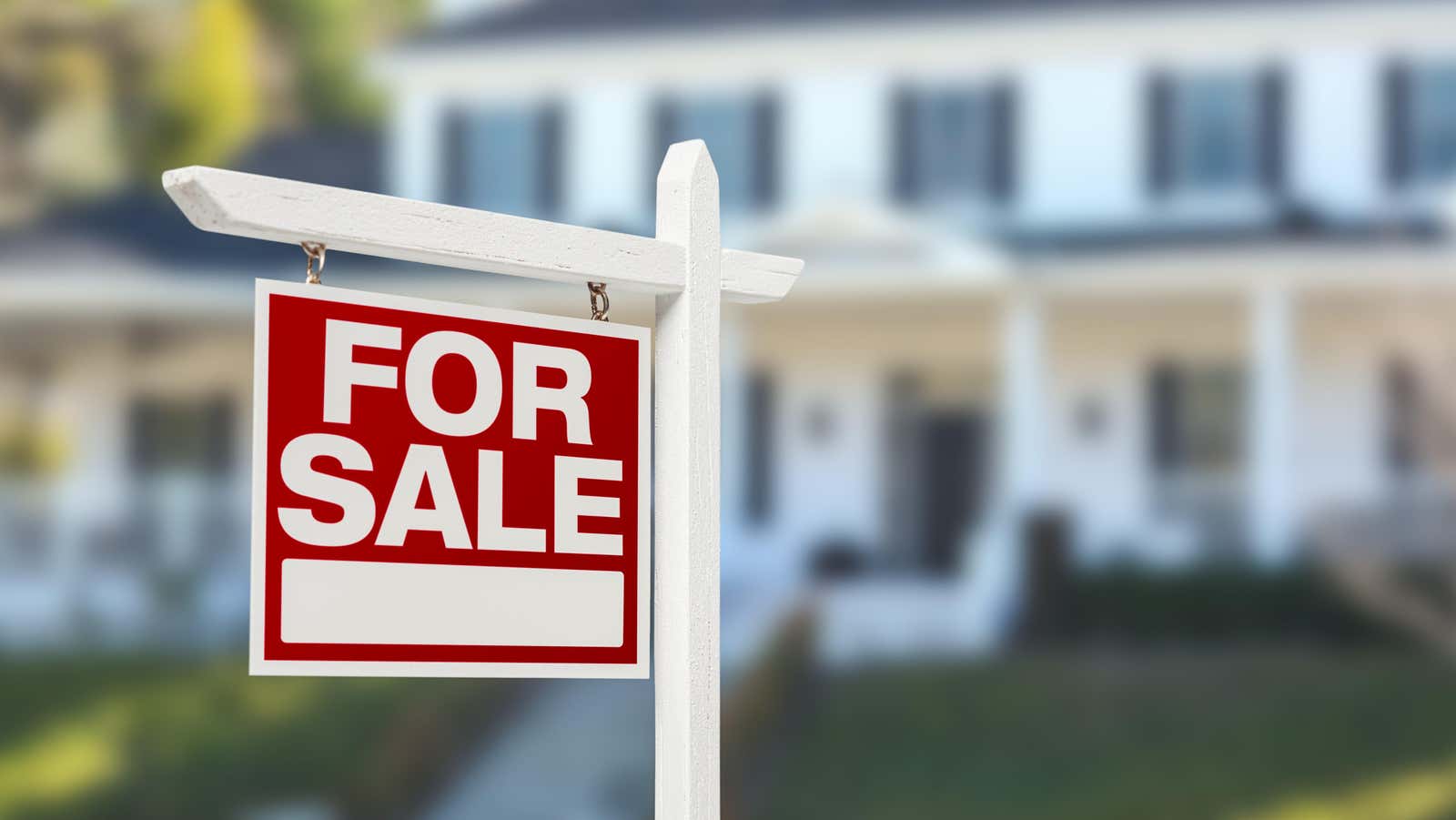How Long Does It Really Take You to Save up for a Down Payment

You may have noticed that houses are now damn expensive – according to the Zillow Home Value Index, a typical home in this beautiful capitalist paradise is now worth nearly $350,000 . Obviously, houses sell for much less (and much, much more) but this can still seem like a daunting statistic if you’re one of the many who dream of owning their first home. Because even if you have amazing credit and can borrow a staggering amount of money, you are still expected to make a down payment.
While the down payment on a home can be as low as 3% of the value of the home under certain circumstances, it is more typical to pay 20% . This means that a “typical” home will cost you $70,000 just to get started, not counting fees and closing costs. And that’s without taking into account the so-called ” assessment gap “. This is extra money – separate from the down payment – you agree to your offer just in case the house is overpriced and not valued at full sale price, meaning the bank will not finance the full cost of the house.
For example, if I’m selling a house that’s valued at $300,000 and you offer me $350,000 after a bidding war, your bank may not base the loan on the full $350,000 because it doesn’t think the house is actually worth that much. . This means that you will need to find that extra money, and increasingly you are expected to tell the seller how much of that gap you can cover. All of a sudden, this $350,000 house is asking for $120,000 just to walk in the door.
How to save for a down payment on a house
So, how long would it take for all of this to come together? It all depends on 1) how much you earn, 2) how much you can save, and 3) where you save that money. It is important to remember that you must have a down payment on hand before applying for a mortgage. Banks don’t like to see people who have $11 in a savings account on Monday and $75,000 on Wednesday thanks to a personal loan or a gift from a relative. If you are going to get financial help from your parents or others, do it well before you start looking for a home.
Now let’s run some numbers – for our purposes we’ll assume you don’t get a dime from anyone.
Personal savings rate. This is how much of your income you save. These are not pension contributions like 401(k) plans—they are generally tax deductible and cannot be easily withdrawn without penalty. The average US savings rate was just 4.4% in April 2022 (compared to 6% in January). If you’re trying to make a down payment, you want to go way beyond that figure – save at least 10%, which is a problem for most people.
Annual interest rate. This is how much your money will earn in interest while they tease you in your bank account. Rates on so-called “high-yield” savings accounts… aren’t really all that high, currently hovering around a boring 1% or so. You could expect a higher return on investment, but the main benefit of a federally insured savings account is stability. Of course, by investing your 10% of your savings in cryptocurrency, you can become a millionaire. It can also ruin you.
So let’s count some numbers. The median household income in 2020 was $67,521. Let’s say you want to buy a $200,000 house, so you need a $40,000 down payment (let’s not worry about the valuation gap). If you manage to save 10% of your income, you will earn $6,750 a year. Assuming an annual interest rate of 1.05% on your savings, it will take you about six years to get there. If you manage only half, then about 10 years. There are several online calculators to help you figure out how much you need to spend to reach your goals.
Obviously, you can shorten this time by planning to invest less money (through an FHA loan or similar program):
- FHA loans require only 3.5%, which is only $7,000. If you save 10% off $67,521, that’s just over a year .
- Home Possible loans from Freddie Mac can sometimes require a zero down payment (for math problems, this means zero time to accumulate), but can require up to 5%, which will take you about two years to collect this income.
- HomeReady loans from Fannie Mae require a 3% down payment, which will take about a year.
Of course, if you need much less for a down payment, you can save less each year for a more comfortable daily life and spend a few extra years to raise the money. You can also save more (no one should eat every day, right?), earn more, or buy a cheaper house. But if you’re starting from scratch, you’re better off looking at a full six to ten years. The housing market may decide to play dirty ( the national average is between 3.5% and 3.8% per year) and push up house prices faster than you can save, so you may need to reevaluate the down payment you will need to offset this property inflation.
Bottom line: There are many factors that go into how long it will take you to keep your down payment, but the best guess is that it will be at least 5 years if you are starting from scratch.